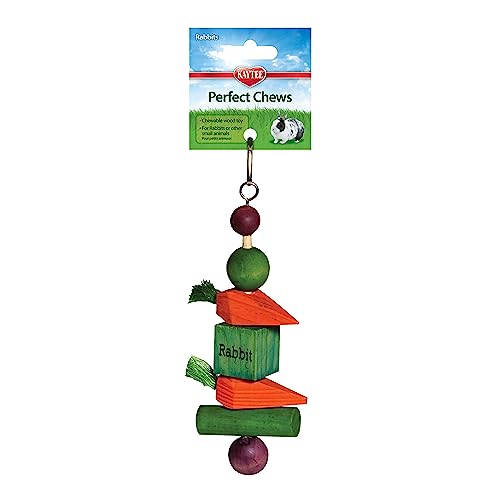I think that kit's agouti markings are really too distinct to be a steel.
This is from the New Zealand standard, with which I have no experience, but interpreting it as I would the ARBA standard, the line "
Feet and ears not matching body colour" would not necessarily mean agouti markings in the ears. In ticked and silvered rabbits, there can be a lot of variation in the intensity and color of ticking across the various parts of the animal. Here are examples of a steel and a champagne that I would fault for feet and ears not matching body color:
View attachment 35320
View attachment 35319
In Dutch, "Gray" is chestnut agouti," but the "Steel" this journal is describing is actually black silver-tipped steel (STS = steel + chinchilla to remove the gold tips), therefore in a steel Dutch, brassiness is a fault.
What you're dealing with, though, are gold-tipped steels (GTS) and agoutis (chestnuts, aka "Grays"), which are colors that are not affected by chinchilla genes. So using the Dutch color standard, one of your kits would be a "Gray" and the steeled kit would be an unrecognized color (since GTS is not accepted in Dutch, only STS).
A GTS definitely has yellows in it (see photo above of GTS New Zealand). Both gold-tipped steel and agouti are made of a combination of black and gold ticking, it's just that the <Es> gene kind of shoves the banding pattern way up the hairshaft on a steel.
I think this might be the answer... it seems that your facebook pals and
@judymac's keen powers of observation nailed it. In the closeup I can surely see what looks like harlequinization. It does not look like any normal chestnut (or steel) color development I've ever seen; it generally doesn't happen in patches like that. But an <Aa...Esej> combination would explain both the black look on the sire and the funky coloring on the kit (which would be <A_Eej>, harlequinized castor).
If it was me I'd be all over trying a test breeding of the sire with a tort doe (which is why my barn has so many unshowable colors at the moment

).
P.S., thanks
@Curiouslagomorph for the link to Jill Pfaff's "Observations on Steel Color" article - great information! Her notes on the Dutch steels not all having chin genes, but using a recessive dilute gene instead, are very interesting.





























































![FHQHTH Faux Raccoon Fur Purse Fuzzy Handbags for Women Evening Handbags Al alloy Shoulder Strap [Rabbit White]](https://m.media-amazon.com/images/I/31mEJhLS1lL._SL500_.jpg)



















